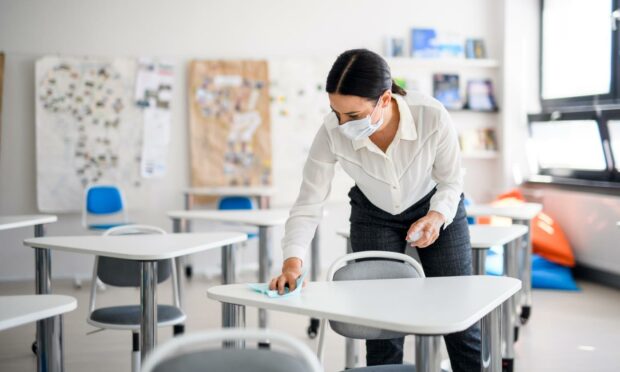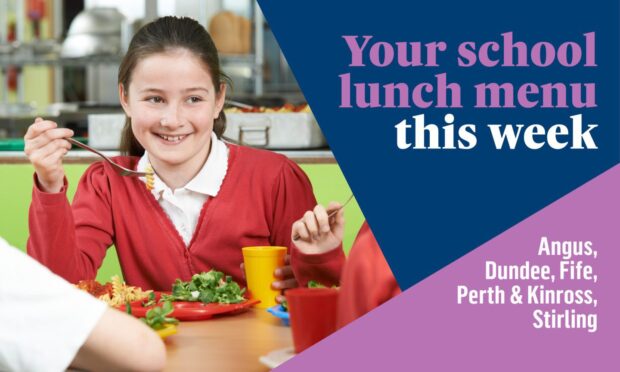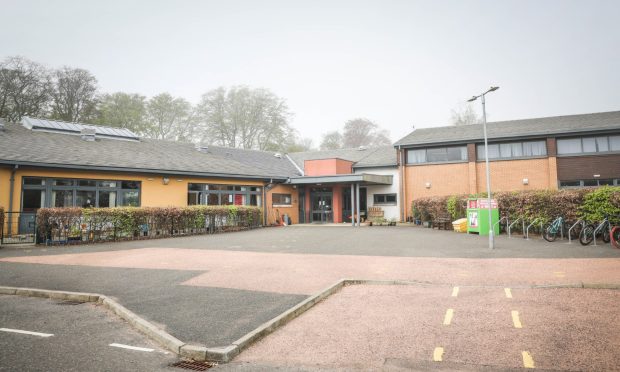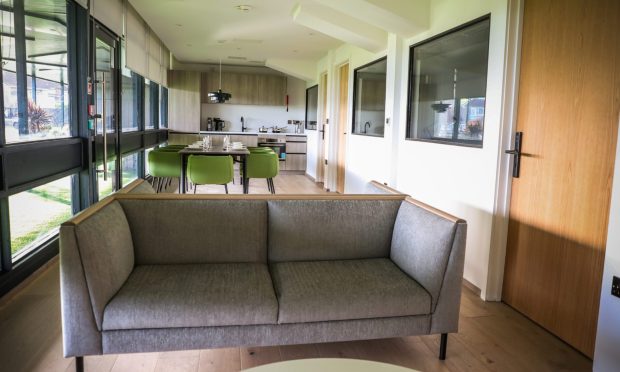Amid the rapid spread of Omicron cases and changing guidance parents may be confused about the latest school self-isolation rules in Scotland.
The number of Covid-19 cases among children and adults soared in December and virus-related absences among pupils began climbing before the end of last term.
Here we set out what to do if your child tests positive or shows symptoms and what happens if a child in their class has coronavirus.
A new 10-day isolation rule came into force in December, but from January 6 was reduced to seven days for those with negative lateral flow test results.
What if your child has symptoms?
Any child – including those aged under five – with symptoms of Covid-19 should self-isolate and book a PCR test, even if they have had a negative LFD test result.
Siblings or other close contacts can attend school and neither they nor fully-vaccinated adults (two doses and booster) in the same household need to isolate.
However, unvaccinated or partially-vaccinated adult close contacts should isolate until the child with symptoms receives their test result.
What if your child tests positive?
If your child tests positive they should stay at home for 10 days but can end their isolation early if they have negative LFD test results on days six and seven and have no fever.
Adult close contacts who are fully vaccinated and child close contacts aged five and over don’t need to isolate but should take seven daily LFD tests and report results.
Child close contacts aged under five are encouraged but not required to take LFD tests.
Unvaccinated or partially vaccinated adult close contacts must take a PCR test and isolate for 10 days even if the result is negative.
Parents will be prompted to report positive results to their school by contact tracing forms, and schools should also ask whether children have tested positive for Covid-19 when parents or carers are reporting absences.
What if there is case in your child’s class?
Although class bubbles are returning this term, it remains unlikely entire classes or year groups will be asked to isolate when a single child or teacher tests positive for Covid-19.
Where a child or teacher tests positive, children and school staff they are in contact with will be defined as high or low risk contacts.
Parents will be notified if their child is identified as a contact and given advice according to risk level.
- High risk contacts are usually people from the same household – eg. siblings – or who have stayed overnight. Occasionally these could include school staff who have been in unusually close or prolonged contact with a case. Children who are high risk contacts will be required to take seven daily LFD tests and report results.
- Low risk contacts are likely to include pupils sitting near a confirmed case, those in the same class or who have been on a school trip with them. Their parents will be notified by letter and given advice on watching for Covid-19 symptoms and continuing with regular LFD testing. They will be asked to take a LFD test before returning to school.
Covid guidance for schools from the Scottish Government was updated on January 5. Self-isolation guidance and guidance on testing is also available from NHS Inform.










